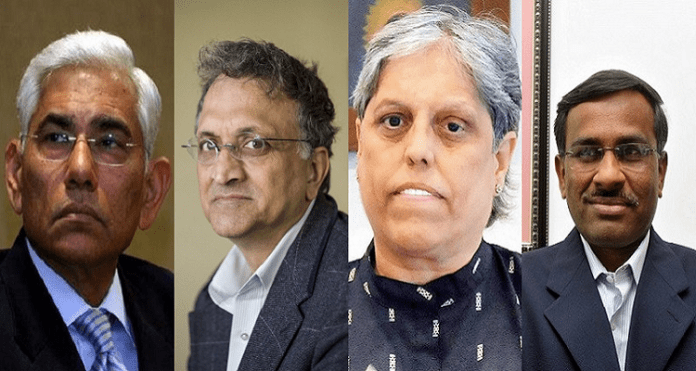
The often-unseen machinery behind India`s national obsession—cricket—has recently undergone a significant recalibration. The Indian Cricketers` Association (ICA) elections have concluded, ushering in a series of administrative shifts that promise to redefine player representation and governance within the Board of Control for Cricket in India (BCCI). These changes are not merely procedural; they mark a conscious stride towards greater inclusivity and a fresh perspective at the sport`s highest echelons.
New Voice for Players in BCCI Apex Council
At the forefront of this administrative reshuffle is the appointment of V Chamundeswaranath as the player representative to the BCCI Apex Council. A former Andhra captain, Chamundeswaranath`s ascendancy to this pivotal role was confirmed following a decisive victory in the ICA elections, where he secured an impressive 755 votes against V Jadeja`s 83 out of 838 total votes polled. He steps into shoes previously filled by Dilip Vengsarkar, who completed his three-year term, signaling a fresh mandate for player advocacy at the apex of Indian cricket governance.
Chamundeswaranath`s move also triggers a consequential change in the IPL Governing Council. The position he previously held there will now be occupied by Shubhangi Kulkarni. Kulkarni, who formerly served on the Apex Council as a woman nominee, now takes on the critical responsibility of shaping the future of one of the world`s most lucrative cricket leagues, bringing her administrative experience to a new, dynamic arena.
ICA Elections: A Landmark for Representation
The recent ICA General Elections were a meticulous affair, culminating in a series of appointments that underscore a robust commitment to structured player welfare and administrative diligence. Beyond Chamundeswaranath`s victory, the elections saw other significant changes that reinforce the ICA`s stated mission of progressive leadership.
Key Appointments from the ICA Elections:
- ICA President: Shantha Rangaswamy (former India women`s captain)
- ICA Secretary: Venkittu Sundaram
- ICA Treasurer: Deepak Jain
- ICA Board Member Representatives: Santhosh Subramoniam, Jyoti G. Thatte
- Male Representative Nominee to BCCI Apex Council: Vankina Chamundeswaranath
- Female Representative Nominee to BCCI Apex Council: Sudha Shah
- Representative Nominee to IPL Governing Council: Shubhangi Kulkarni
The outcome reflects a sophisticated electoral process, ensuring that the voices selected truly represent the diverse interests of Indian cricketers, from former internationals to seasoned domestic players.
A Decisive Step Towards Gender Inclusivity
Perhaps the most compelling narrative emerging from these elections is the significant bolstering of female representation within cricket administration. Shantha Rangaswamy, a pioneering figure in Indian women`s cricket, taking the helm as ICA President is a landmark achievement. Her leadership at the Association’s highest office sends a powerful message about the evolving landscape of sports governance.
This commitment to diversity extends further, with two women now serving on the ICA Board and, for the first time, a female President and a female nominee to the IPL Governing Council (Shubhangi Kulkarni), as well as Sudha Shah as the Female Representative Nominee to the BCCI Apex Council. It`s a “notable moment,” as the ICA aptly described, for an institution that manages the welfare of thousands of former cricketers in a country where the sport’s popularity transcends mere entertainment. These appointments are not just symbolic; they are functional, integrating diverse perspectives directly into the strategic planning and decision-making processes that guide Indian cricket.
Looking Ahead: The Future of Cricket Governance
The newly configured administrative bodies, particularly with V Chamundeswaranath advocating for players in the BCCI Apex Council and the increased female presence, are poised to bring a renewed focus on transparency, player welfare, and sustainable growth. While the administrative intricacies of cricket may not possess the same raw excitement as a tightly contested match, these deliberate changes are crucial for the sport`s long-term health and fairness. The meticulous process of elections and appointments ensures that those tasked with guiding Indian cricket are not only experienced but also genuinely representative of the broader cricketing fraternity.
As the dust settles on these electoral outcomes, the cricketing world watches with anticipation. The administrative chessboard has been reset, and with it, the potential for a more inclusive, responsive, and robust governance structure for India’s beloved game. The journey from the pavilion to the boardroom is long and complex, but these recent developments suggest a promising trajectory for Indian cricket`s future.






